Home>Furniture & Design>Outdoor Furniture>How To Make An Outdoor Antenna
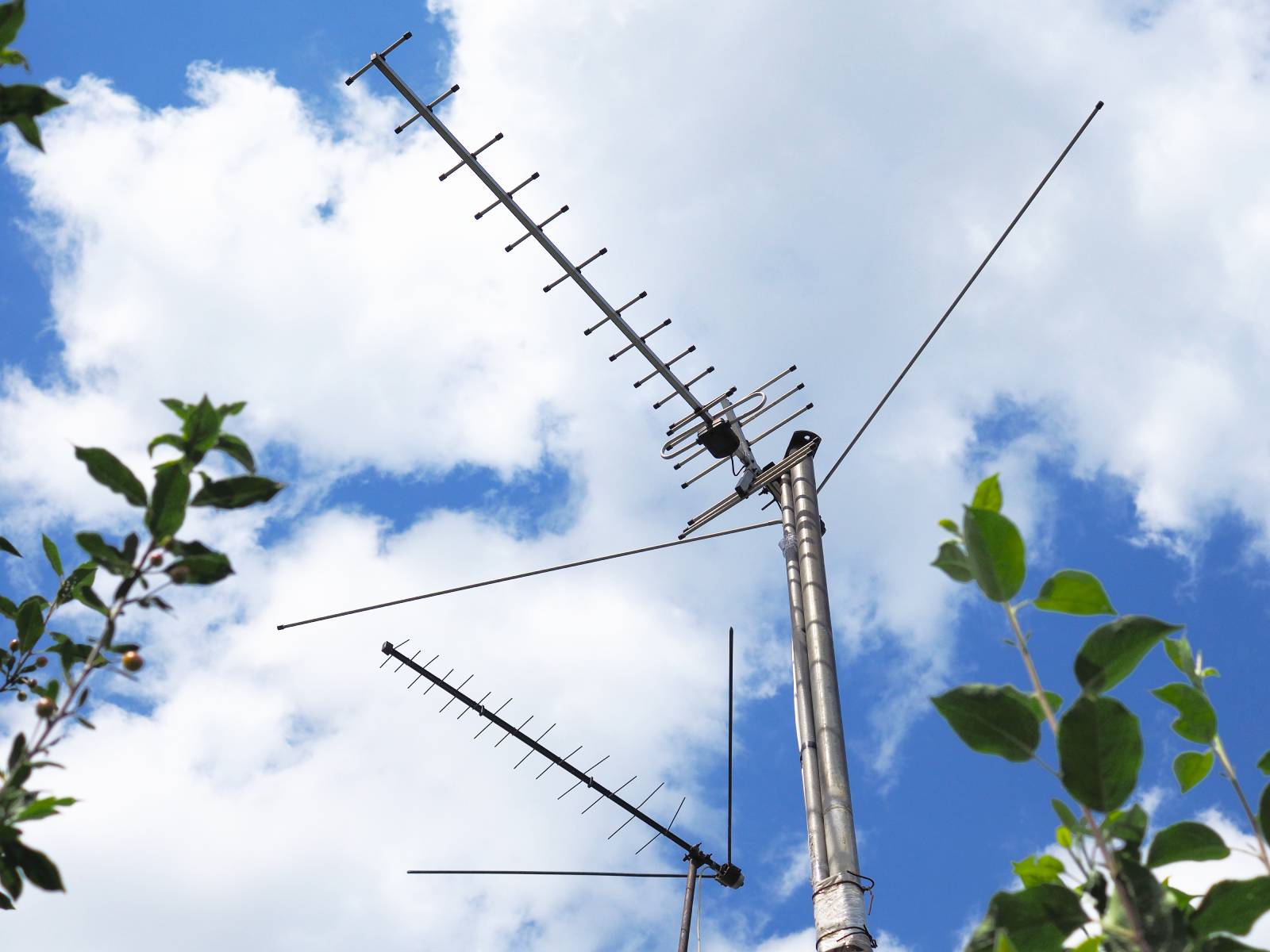

Outdoor Furniture
How To Make An Outdoor Antenna
Published: January 14, 2024
Learn how to make an outdoor antenna with our expert guide. Enhance your outdoor furniture and design with this DIY project. Step-by-step instructions for a strong and reliable antenna.
(Many of the links in this article redirect to a specific reviewed product. Your purchase of these products through affiliate links helps to generate commission for Storables.com, at no extra cost. Learn more)
Introduction
Welcome to the world of outdoor furniture, where the beauty of nature meets the art of design. As an outdoor enthusiast, you understand the value of creating a comfortable and inviting outdoor space. Whether it's a cozy patio, a vibrant garden, or a spacious deck, the right furniture and design elements can transform any outdoor area into a relaxing oasis.
In this comprehensive guide, we will explore the fascinating realm of outdoor furniture, delving into the latest trends, innovative designs, and practical tips for creating the perfect outdoor setting. From durable materials to stylish accents, we'll uncover the secrets of outdoor furniture and design, empowering you to elevate your outdoor space with confidence and creativity.
So, grab a refreshing beverage, find a comfortable spot, and let's embark on a journey through the world of outdoor furniture, where inspiration and relaxation await. Whether you're a seasoned outdoor enthusiast or a newcomer to the joys of outdoor living, this guide is your key to unlocking the potential of your outdoor space and embracing the beauty of nature in style.
Key Takeaways:
- Setting up an outdoor antenna requires careful planning and the right materials. Choosing the best location, assembling the antenna, and testing the signal strength are crucial steps for a successful installation.
- A well-installed outdoor antenna opens the door to a world of free-to-air channels, bringing entertainment and information to your outdoor space. It’s a gateway to seamless connectivity between nature and modern technology.
Read more: How To Make An Outdoor Hdtv Antenna
Materials Needed
Before you begin the exciting process of setting up your outdoor antenna, it’s essential to gather the necessary materials. Here’s a comprehensive list of items you’ll need to ensure a smooth and successful installation:
- Outdoor Antenna: Select a high-quality outdoor antenna that is suitable for your location and offers excellent reception capabilities. Consider the range and frequency bands that align with the broadcast signals in your area.
- Coaxial Cable: A durable and weather-resistant coaxial cable is crucial for connecting your outdoor antenna to your TV. Ensure that the cable length is sufficient to reach your television from the outdoor installation point.
- Mounting Hardware: Depending on the type of outdoor antenna you choose, you may require mounting brackets, clamps, or a mast to secure the antenna in the optimal position.
- Weatherproofing Materials: To protect the connections and components from the elements, gather weatherproofing materials such as sealant, waterproof tape, and cable connectors designed for outdoor use.
- Grounding Equipment: It’s essential to include grounding equipment, such as grounding rods and clamps, to safeguard your outdoor antenna system against lightning strikes and static electricity buildup.
- Tools: Prepare a set of basic tools, including a drill, screwdrivers, wrenches, and cable cutters, to facilitate the installation process and ensure a secure and professional setup.
- Signal Meter: While not mandatory, a signal meter can be incredibly helpful for fine-tuning the antenna orientation and maximizing signal strength during the setup and testing phases.
By acquiring these essential materials, you’ll be well-equipped to embark on the outdoor antenna installation journey with confidence and efficiency. With careful preparation and attention to detail, you can look forward to enjoying crystal-clear reception and a wide range of broadcast channels right from the comfort of your outdoor space.
Choosing the Right Location
When it comes to installing an outdoor antenna, selecting the optimal location is paramount to achieving superior signal reception and maximizing your viewing experience. Here are essential considerations to guide you in choosing the right location for your outdoor antenna:
- Signal Strength: Begin by assessing the signal strength in different areas of your outdoor space. Use a portable TV or signal meter to identify locations with the strongest signal reception. Factors such as nearby obstructions, terrain, and distance from broadcast towers can significantly impact signal quality.
- Clear Line of Sight: Look for a location that offers a clear line of sight to the nearest broadcast towers. Minimize obstructions such as tall buildings, dense foliage, or large structures that could obstruct the signal path and diminish reception quality.
- Elevation: Higher elevations often result in improved signal reception. If feasible, consider mounting the outdoor antenna at an elevated position to enhance its line of sight to the broadcast towers and optimize signal strength.
- Weathertight Installation: Ensure that the chosen location allows for a secure and weathertight installation. Protect the antenna and cable connections from exposure to harsh weather conditions, such as heavy rain, strong winds, and prolonged sunlight, to maintain long-term performance and durability.
- Local Regulations: Familiarize yourself with local regulations and homeowner association guidelines pertaining to outdoor antenna installations. Some areas may have specific restrictions or requirements for antenna placement, and compliance with these regulations is essential to avoid potential issues.
By carefully evaluating these factors and identifying the most suitable location for your outdoor antenna, you can lay the foundation for a reliable and high-performance setup. With a clear understanding of signal dynamics and strategic placement, you’ll be well-positioned to enjoy an impressive range of broadcast channels and crystal-clear reception in your outdoor living space.
Assembling the Antenna
Assembling your outdoor antenna is a crucial step in the installation process, and it requires careful attention to detail to ensure optimal performance. Follow these essential guidelines to assemble your outdoor antenna effectively:
- Refer to the Manufacturer’s Instructions: Start by thoroughly reviewing the manufacturer’s instructions and guidelines for assembling the outdoor antenna. Familiarize yourself with the components, hardware, and assembly steps outlined in the provided documentation.
- Organize the Components: Lay out all the antenna components and hardware in a clean and spacious area. Verify that you have all the necessary parts and tools required for the assembly process, ensuring a smooth and efficient workflow.
- Follow Sequential Steps: Adhere to the sequential assembly steps recommended by the manufacturer. Pay close attention to the orientation of elements, proper alignment of components, and the secure fastening of hardware to guarantee a stable and functional antenna structure.
- Use Appropriate Tools: Employ the appropriate tools, such as wrenches, screwdrivers, and pliers, to facilitate the assembly process and achieve proper torque and fastening of hardware. Avoid overtightening screws or bolts to prevent damage to the antenna components.
- Inspect for Quality: Thoroughly inspect each assembled component to ensure that it meets the manufacturer’s quality standards. Check for any signs of damage, misalignment, or missing parts, and address any issues promptly before proceeding with the installation.
- Consider Weatherproofing: If the antenna components are designed for outdoor use, incorporate weatherproofing measures as you assemble the antenna. Apply sealant or weatherproof tape to critical junctions and connections to safeguard the antenna against moisture and environmental exposure.
By meticulously following the assembly instructions and exercising care and precision during the process, you can assemble your outdoor antenna with confidence and readiness for the subsequent installation steps. A well-constructed antenna serves as the cornerstone of reliable signal reception and long-term enjoyment of outdoor entertainment.
When making an outdoor antenna, use weather-resistant materials like PVC pipe and stainless steel screws to ensure durability and longevity in outdoor conditions.
Mounting the Antenna
Mounting your outdoor antenna is a critical phase that directly influences signal reception and overall performance. By following these essential steps, you can ensure a secure and effective mounting process for your outdoor antenna:
- Assess Mounting Options: Evaluate potential mounting locations, such as rooftops, exterior walls, or dedicated antenna masts, to identify the most suitable position for optimal signal reception. Consider factors such as elevation, line of sight to broadcast towers, and structural integrity when selecting the mounting site.
- Secure Mounting Hardware: Gather the necessary mounting hardware, including brackets, clamps, and a sturdy mast, tailored to accommodate the specific requirements of your outdoor antenna. Ensure that the mounting hardware is compatible with the antenna design and capable of withstanding environmental conditions.
- Follow Manufacturer’s Guidelines: Adhere to the manufacturer’s guidelines and recommendations for mounting the antenna. Pay close attention to the prescribed mounting orientation, attachment points, and any specialized instructions provided to optimize signal reception and antenna stability.
- Maintain Structural Integrity: Prioritize the structural integrity of the mounting surface or support structure. If mounting to a rooftop or exterior wall, confirm that the chosen location can support the weight and wind load of the antenna assembly without compromising the building’s integrity.
- Weatherproofing Measures: Implement weatherproofing measures during the mounting process to safeguard the antenna and mounting hardware against environmental elements. Apply weatherproof sealant or tape to seal mounting penetrations and protect cable connections from moisture ingress.
- Secure and Align the Antenna: Secure the antenna to the designated mounting structure using the provided hardware, ensuring a firm and level installation. Align the antenna according to the manufacturer’s specifications, orienting it towards the nearest broadcast towers for optimal signal reception.
By meticulously following these steps and exercising care and precision during the mounting process, you can establish a robust and reliable foundation for your outdoor antenna. A securely mounted antenna not only enhances signal reception but also contributes to the long-term durability and performance of your outdoor entertainment setup.
Read more: How To Point An Outdoor Antenna
Connecting the Antenna to Your TV
Once the outdoor antenna is securely mounted, the next crucial step is to establish a seamless connection between the antenna and your TV. Follow these essential guidelines to ensure a successful and efficient connection process:
- Locate the Antenna Input: Identify the antenna input port on your TV, typically labeled as “ANT IN” or “RF IN.” This port is designed to receive the signal from the outdoor antenna and is often located at the rear panel of the television set.
- Prepare the Coaxial Cable: Trim the coaxial cable to the appropriate length, allowing ample slack for flexibility and adjustment. Use cable cutters to ensure a clean and precise cut, and remove any excess shielding or insulation to expose the inner conductor.
- Connect the Coaxial Cable: Attach one end of the coaxial cable to the antenna’s output terminal, ensuring a secure and snug connection. Use a wrench to tighten the cable connector, preventing signal loss or interference due to loose connections.
- Route the Cable to the TV: Route the coaxial cable from the outdoor antenna to the designated location near your TV. Secure the cable along the exterior or interior surfaces using cable clips or cable ties to prevent tripping hazards and maintain a neat appearance.
- Connect to the TV: Insert the free end of the coaxial cable into the “ANT IN” or “RF IN” port on your TV, aligning the connector with the port and gently twisting it to achieve a secure fit. Ensure that the connection is firm and stable to facilitate reliable signal transmission.
- Scan for Channels: Once the antenna is connected to the TV, initiate a channel scan using the television’s menu or settings interface. This process allows the TV to detect and store available broadcast channels received through the outdoor antenna.
By following these steps and exercising care during the connection process, you can seamlessly integrate your outdoor antenna with your TV, unlocking a diverse range of broadcast channels and enjoying high-quality, free-to-air content from your outdoor living space. A well-established connection ensures consistent signal reception and sets the stage for immersive outdoor entertainment experiences.
Testing the Antenna
After completing the installation and connection of your outdoor antenna, it’s essential to conduct thorough testing to verify signal reception, channel availability, and overall performance. Follow these key steps to effectively test your outdoor antenna and optimize your viewing experience:
- Signal Strength Assessment: Begin by assessing the signal strength and quality of the received channels. Navigate to your TV’s signal strength or tuner settings to view the signal metrics, such as signal level and signal-to-noise ratio. Aim to achieve strong and stable signal readings for optimal viewing.
- Channel Scan Verification: Initiate a comprehensive channel scan to detect and store all available broadcast channels received through the outdoor antenna. Verify that the scan captures a diverse selection of local and regional channels, including both standard-definition and high-definition content.
- Channel Stability Testing: Tune into various channels to assess their stability and clarity. Observe the picture and sound quality of each channel, ensuring that the reception is free from pixelation, distortion, or audio interruptions, indicative of reliable signal reception.
- Antenna Orientation Adjustment: If certain channels exhibit suboptimal reception or are entirely absent during testing, consider fine-tuning the orientation of the outdoor antenna. Gradually adjust the antenna’s direction and angle while monitoring the signal strength and channel availability to achieve the best possible reception.
- Weather Impact Assessment: Observe the antenna’s performance during different weather conditions, including clear skies, overcast skies, and inclement weather. Assess the signal stability and reception quality under varying weather scenarios to gauge the antenna’s resilience and reliability.
- Long-Term Observation: Monitor the antenna’s performance over an extended period, noting any fluctuations in signal strength or unexpected changes in channel availability. This long-term observation provides valuable insights into the antenna’s consistency and adaptability to seasonal and environmental factors.
By diligently conducting these tests and observations, you can fine-tune the performance of your outdoor antenna, optimize signal reception, and ensure a robust and dependable viewing experience from your outdoor living space. Proactive testing and adjustment empower you to maximize the potential of your outdoor antenna system and enjoy uninterrupted access to a diverse array of broadcast content.
Conclusion
Congratulations on successfully navigating the intricacies of outdoor antenna installation and integration, paving the way for immersive and captivating outdoor entertainment experiences. As you reflect on your journey through the installation process, it’s essential to recognize the transformative impact of a well-designed and meticulously installed outdoor antenna system.
By embracing the world of outdoor furniture, you have unlocked the potential to create a harmonious and inviting outdoor space, where the allure of nature converges with the allure of exceptional design. From durable materials to innovative designs, you’ve gained insights that empower you to elevate your outdoor space with confidence and creativity.
The meticulous selection of materials, strategic location assessment, precise assembly, secure mounting, seamless connection, and comprehensive testing have collectively contributed to the establishment of a robust and reliable outdoor antenna system. This system stands as a testament to your commitment to quality, performance, and the pursuit of exceptional outdoor entertainment.
As you bask in the comfort of your outdoor oasis, surrounded by carefully curated furniture and design elements, the outdoor antenna serves as a gateway to a world of captivating content, seamlessly bridging the realms of indoor and outdoor entertainment. Whether you’re indulging in the latest news, immersing yourself in thrilling sports events, or unwinding with your favorite shows, the outdoor antenna enriches your outdoor living experience with boundless possibilities.
As you continue to savor the delights of outdoor living, remember that the outdoor antenna represents more than just a technological marvel – it embodies the spirit of connectivity, exploration, and the seamless fusion of nature and modernity. It enables you to embrace the beauty of the outdoors while staying effortlessly connected to the ever-evolving world of entertainment and information.
With your outdoor antenna standing as a beacon of reliability and performance, you can look forward to countless moments of joy, relaxation, and shared experiences in your outdoor sanctuary. As the seasons change and the outdoor landscape evolves, your outdoor antenna remains steadfast, delivering a steady stream of captivating content and enriching your outdoor lifestyle with its unwavering presence.
So, raise a toast to your outdoor antenna – a silent yet indispensable companion in your outdoor adventures, seamlessly blending technology with the tranquility of nature, and enhancing your outdoor living experience in ways that resonate with comfort, connection, and endless possibilities.
Frequently Asked Questions about How To Make An Outdoor Antenna
Was this page helpful?
At Storables.com, we guarantee accurate and reliable information. Our content, validated by Expert Board Contributors, is crafted following stringent Editorial Policies. We're committed to providing you with well-researched, expert-backed insights for all your informational needs.
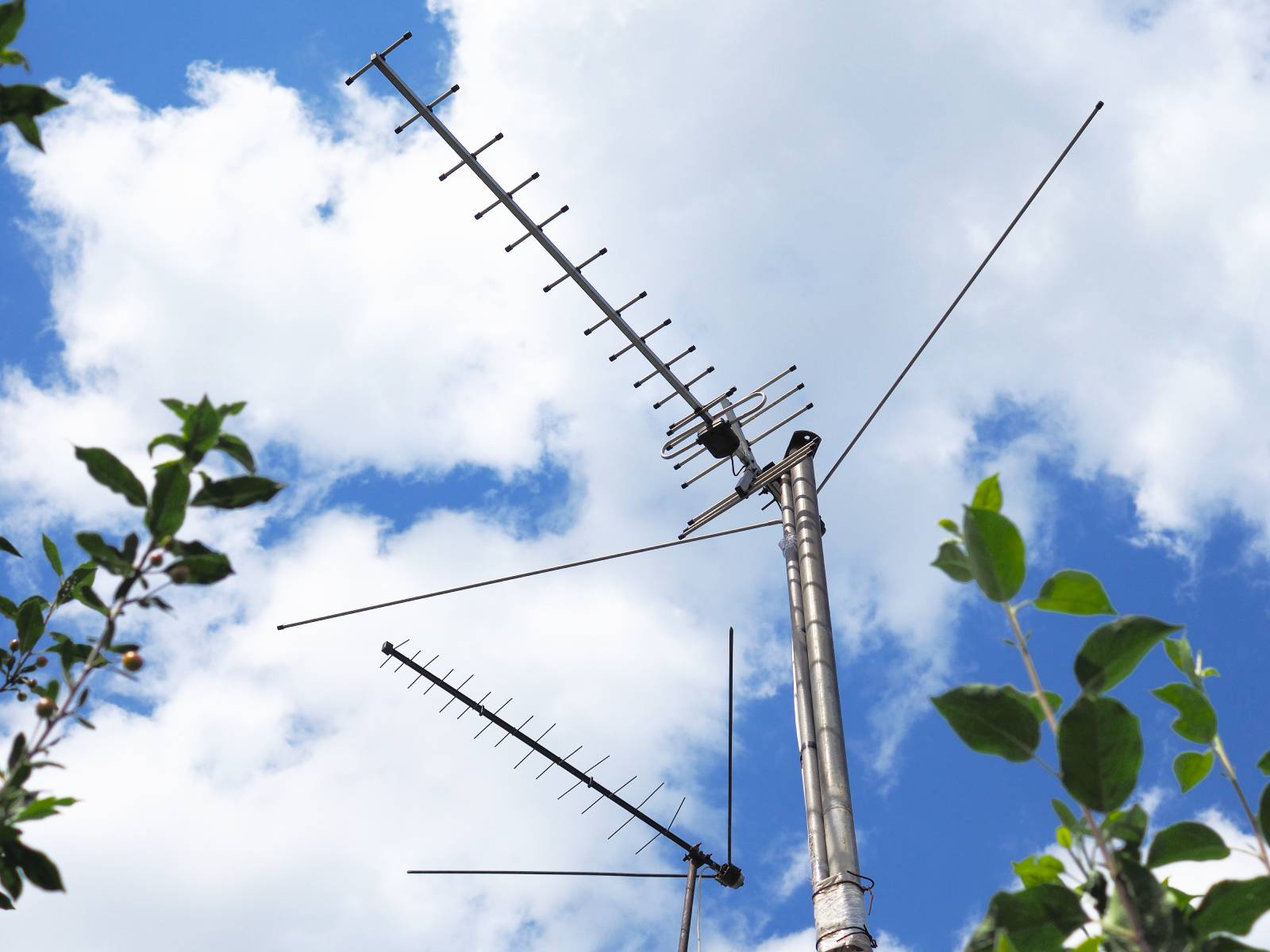
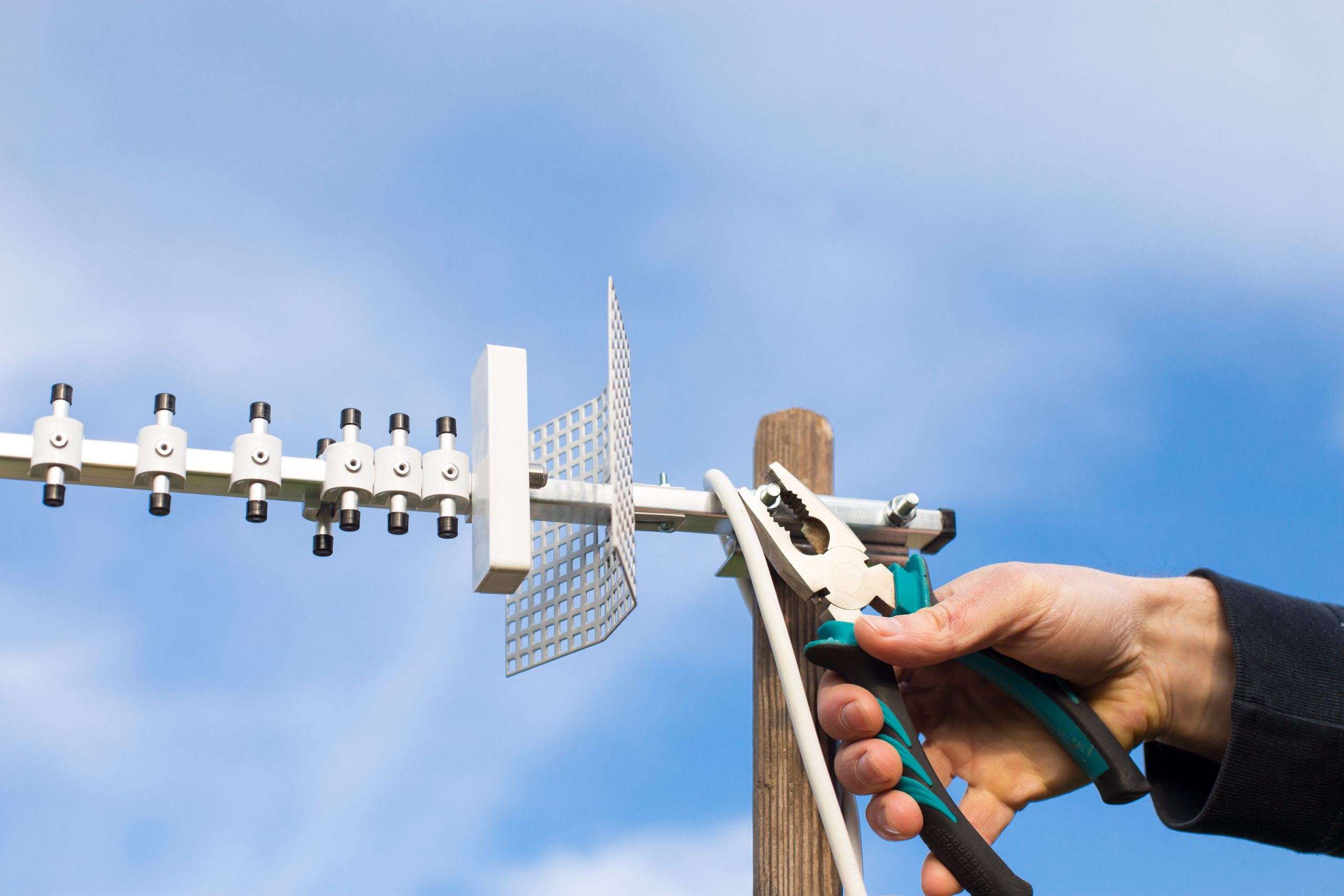
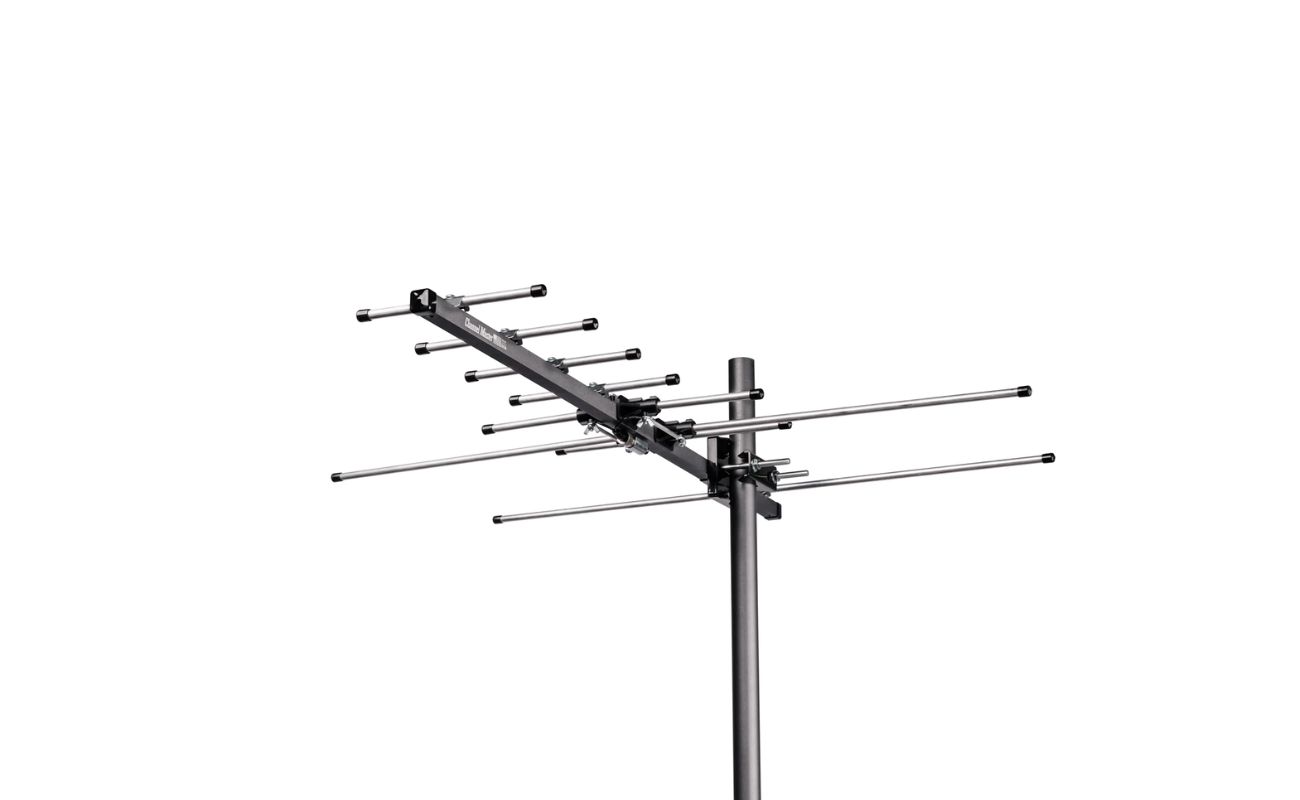
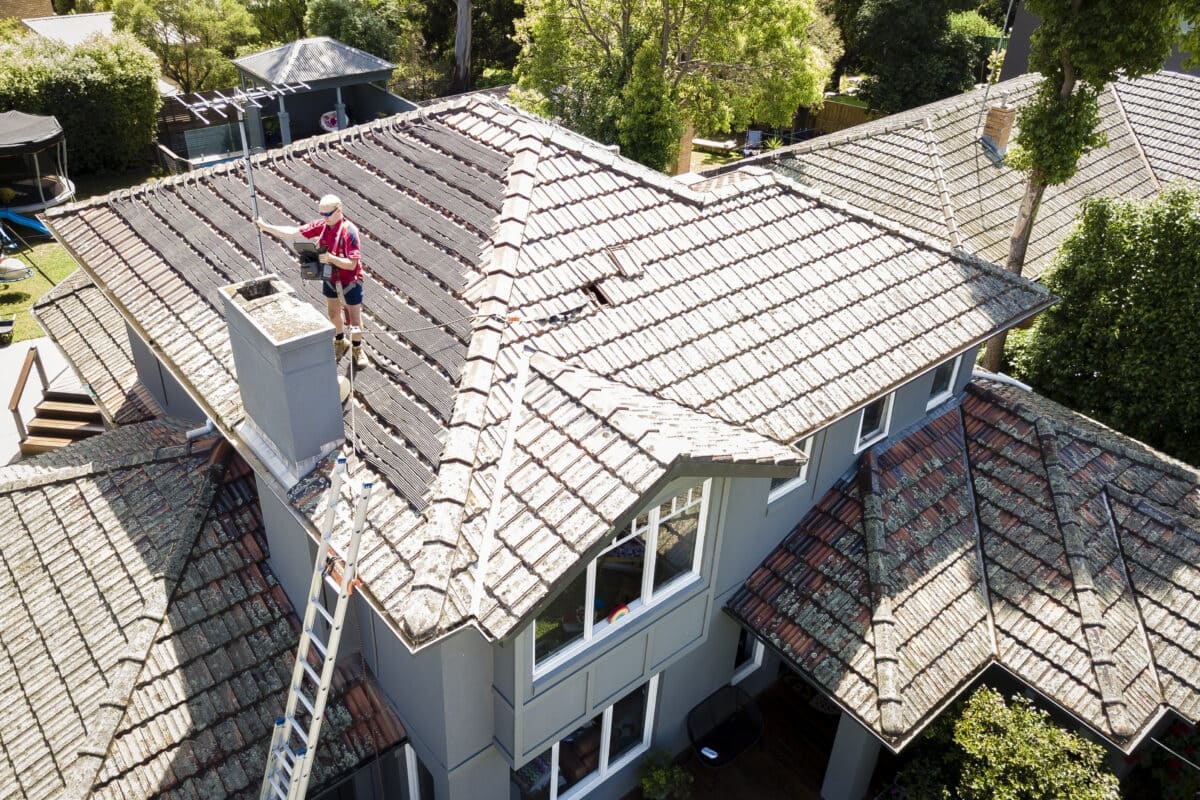
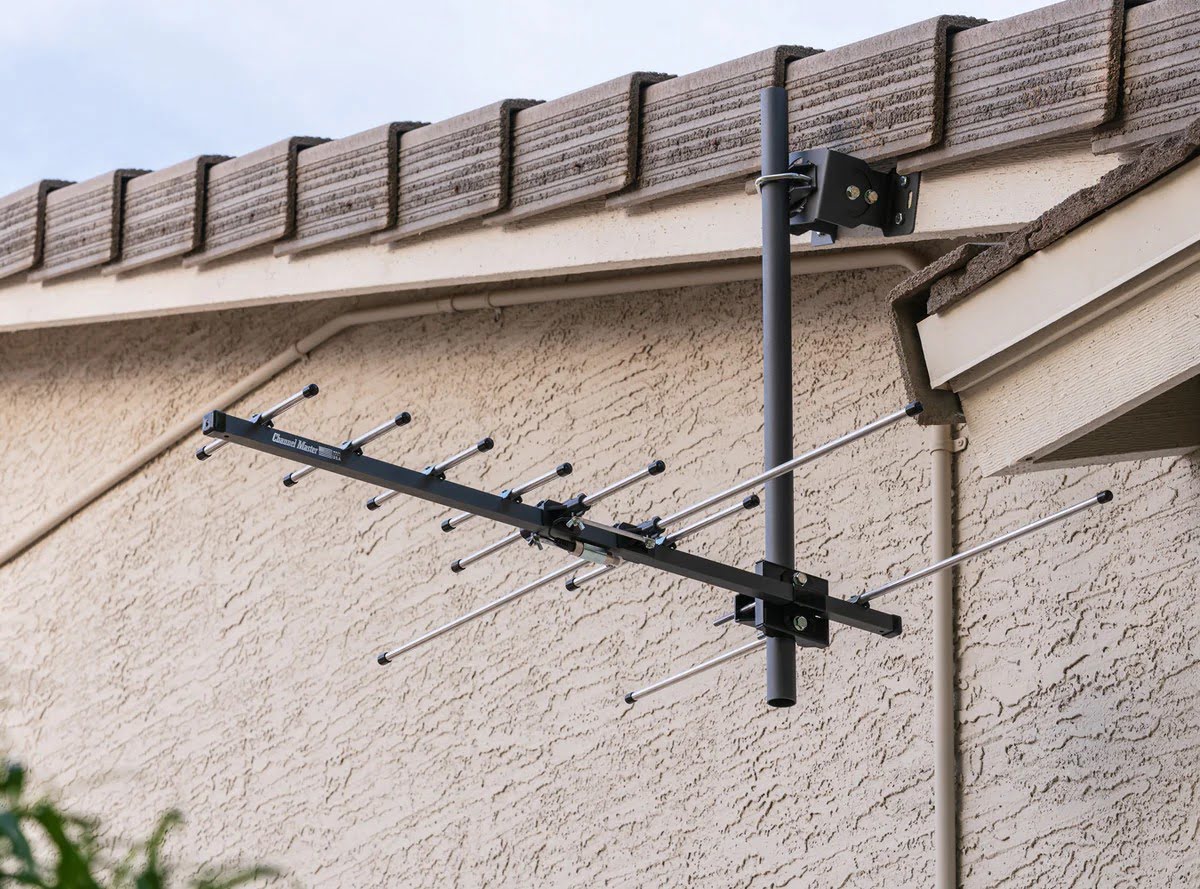
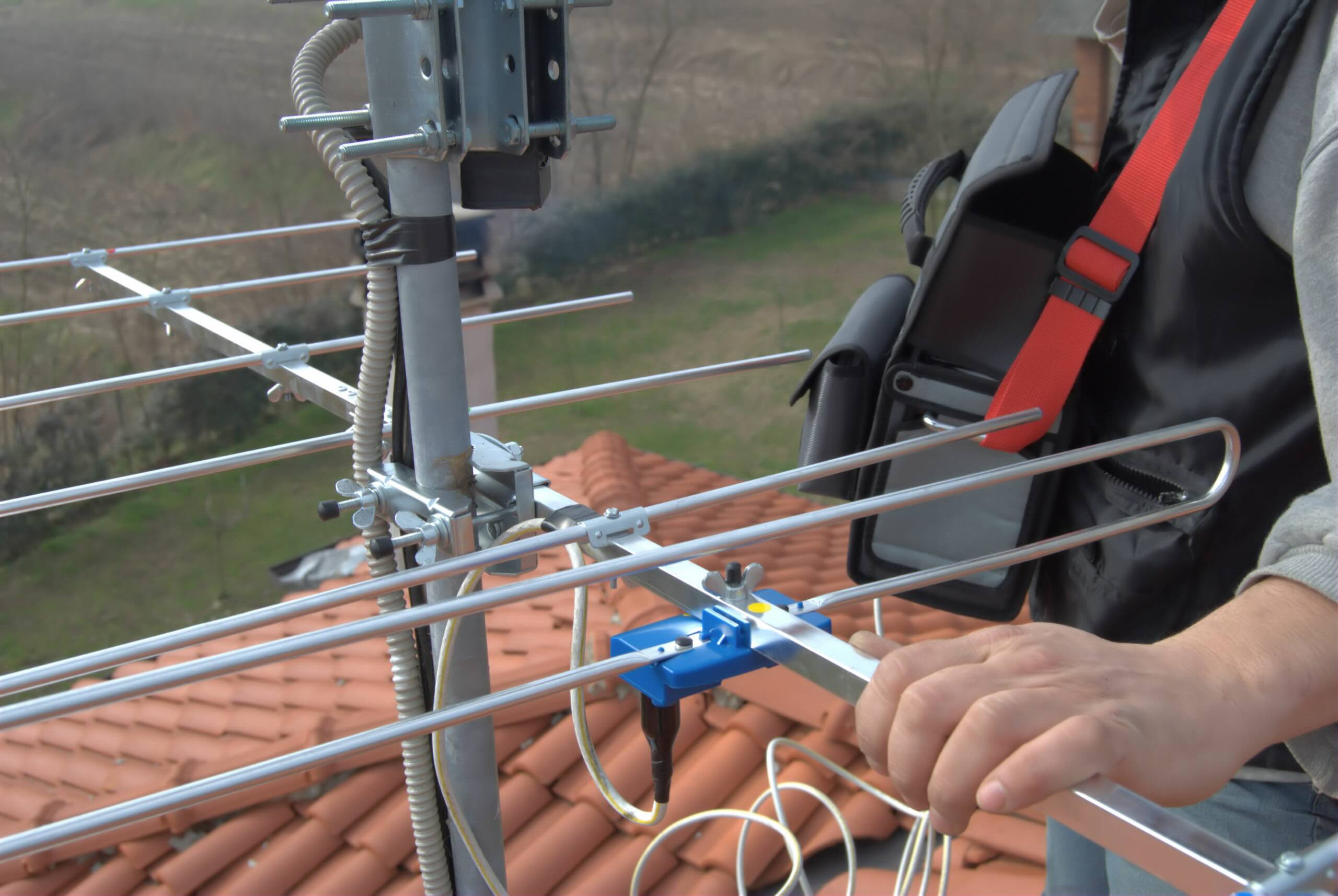
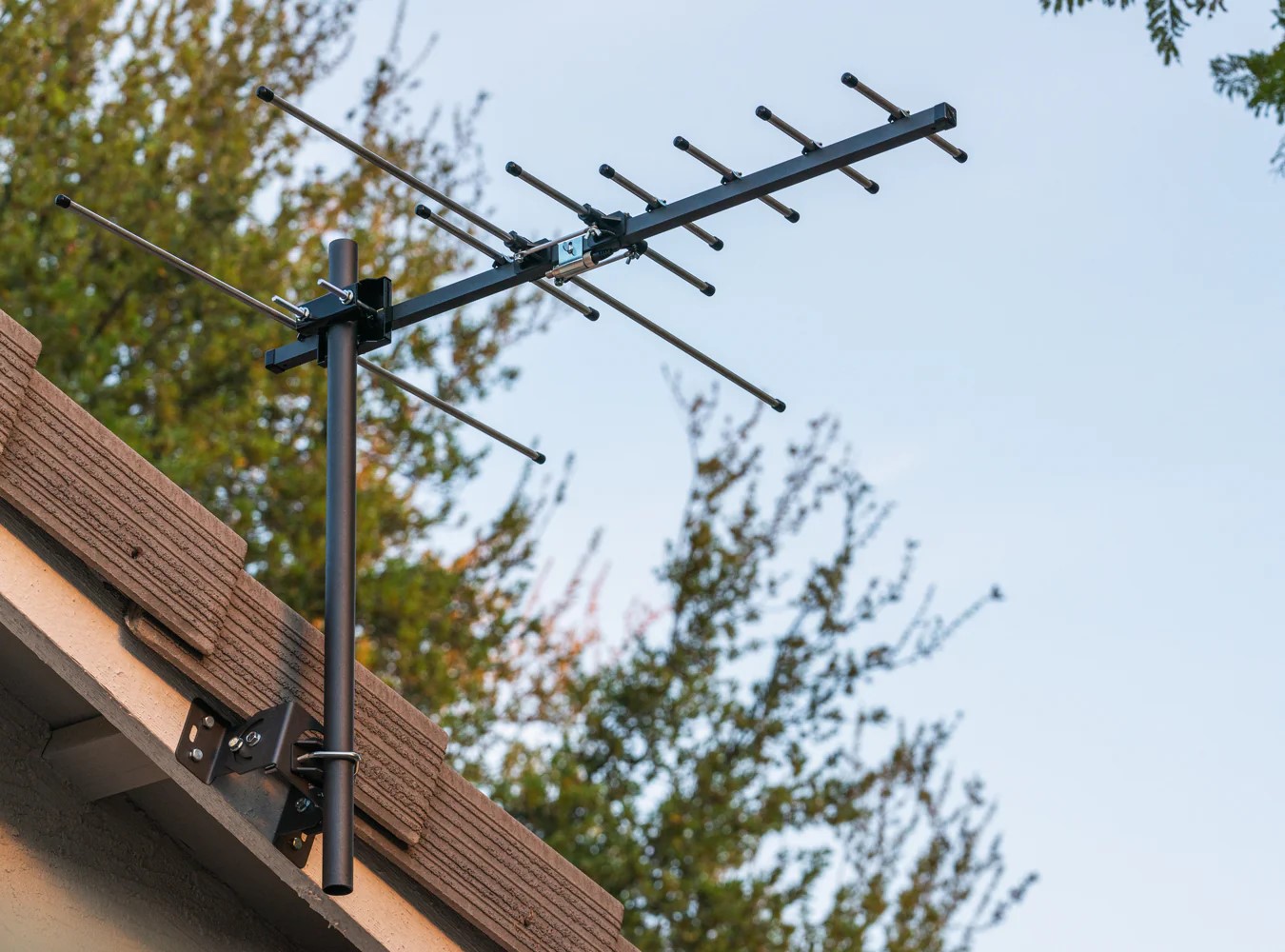
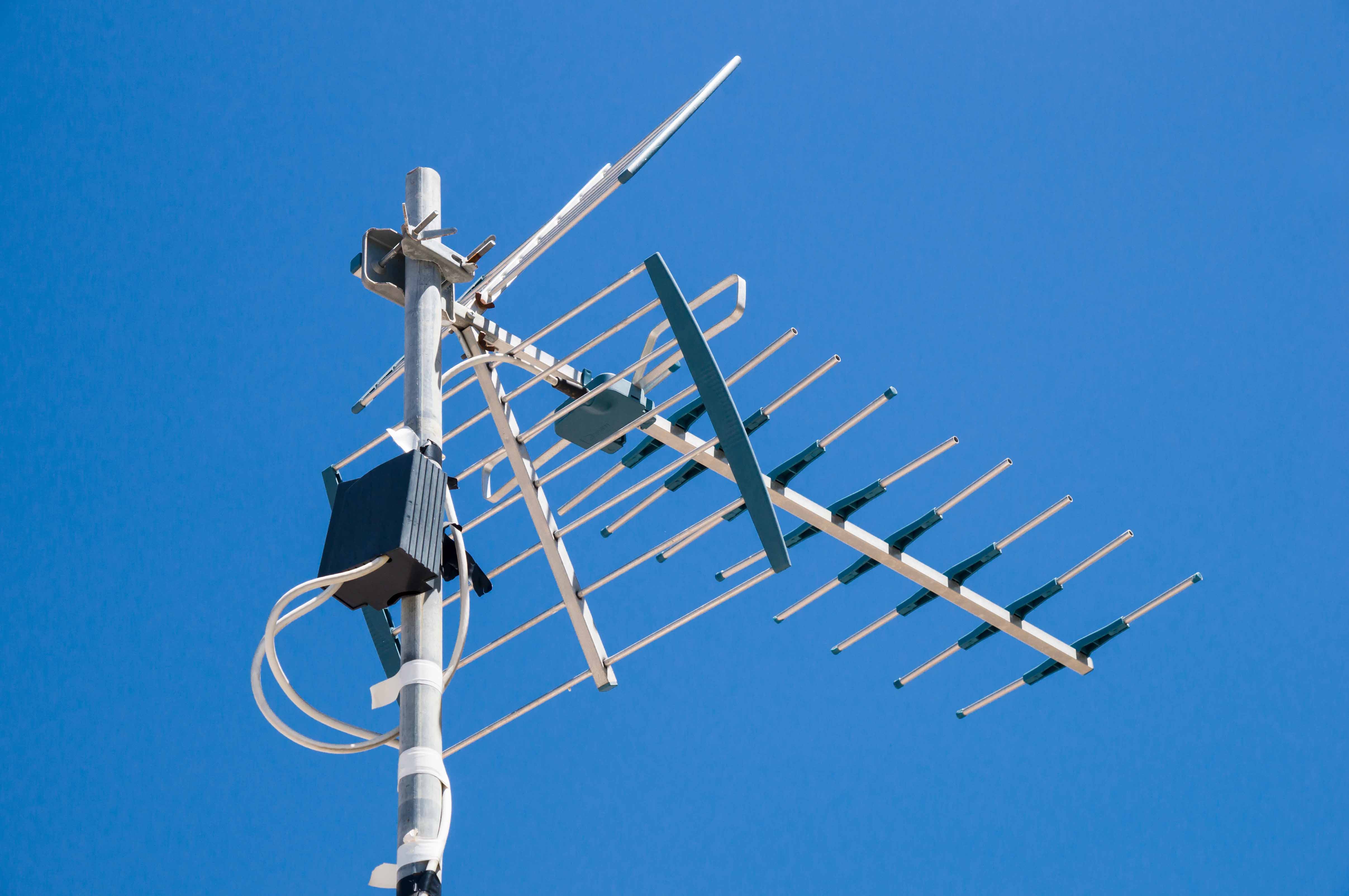
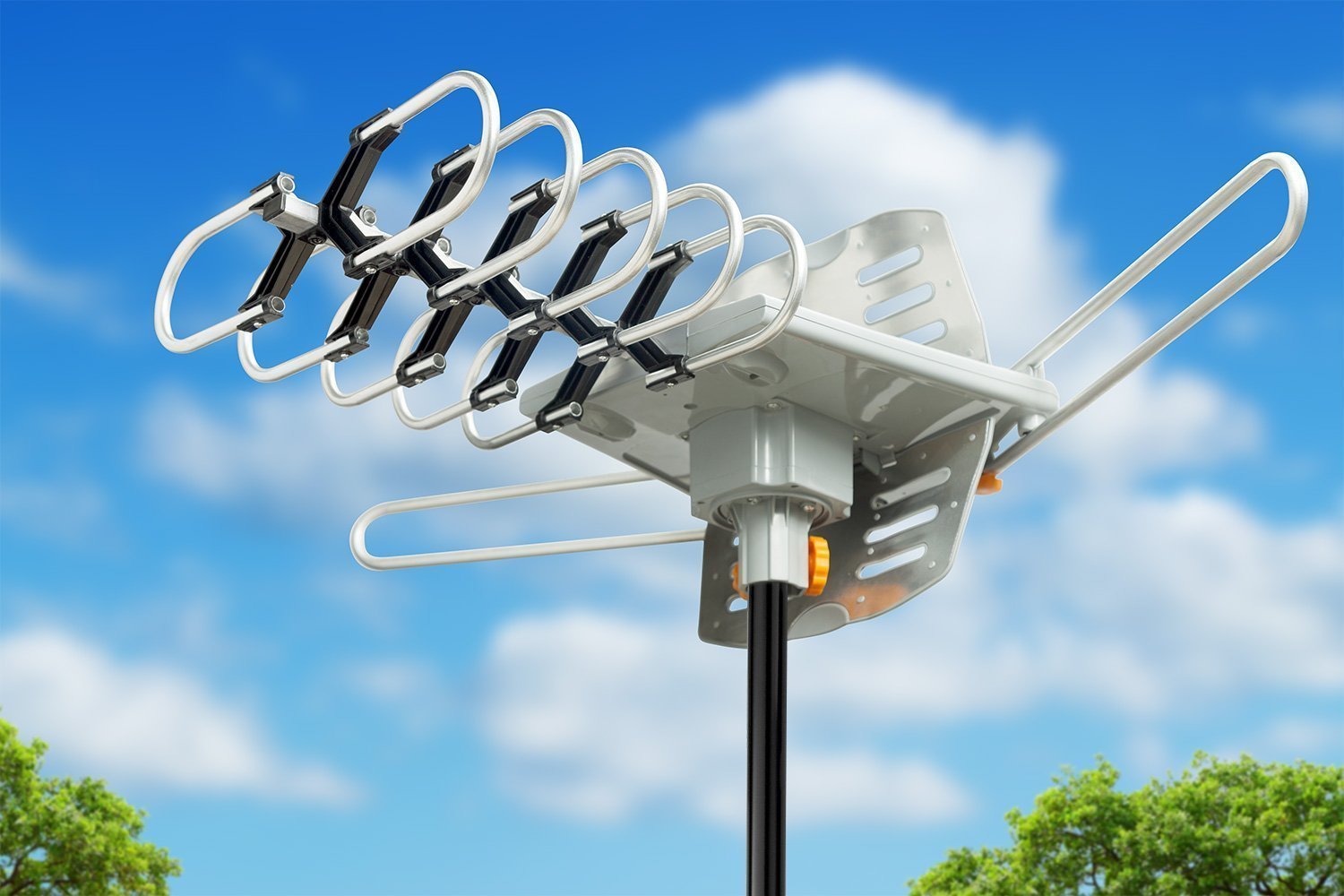
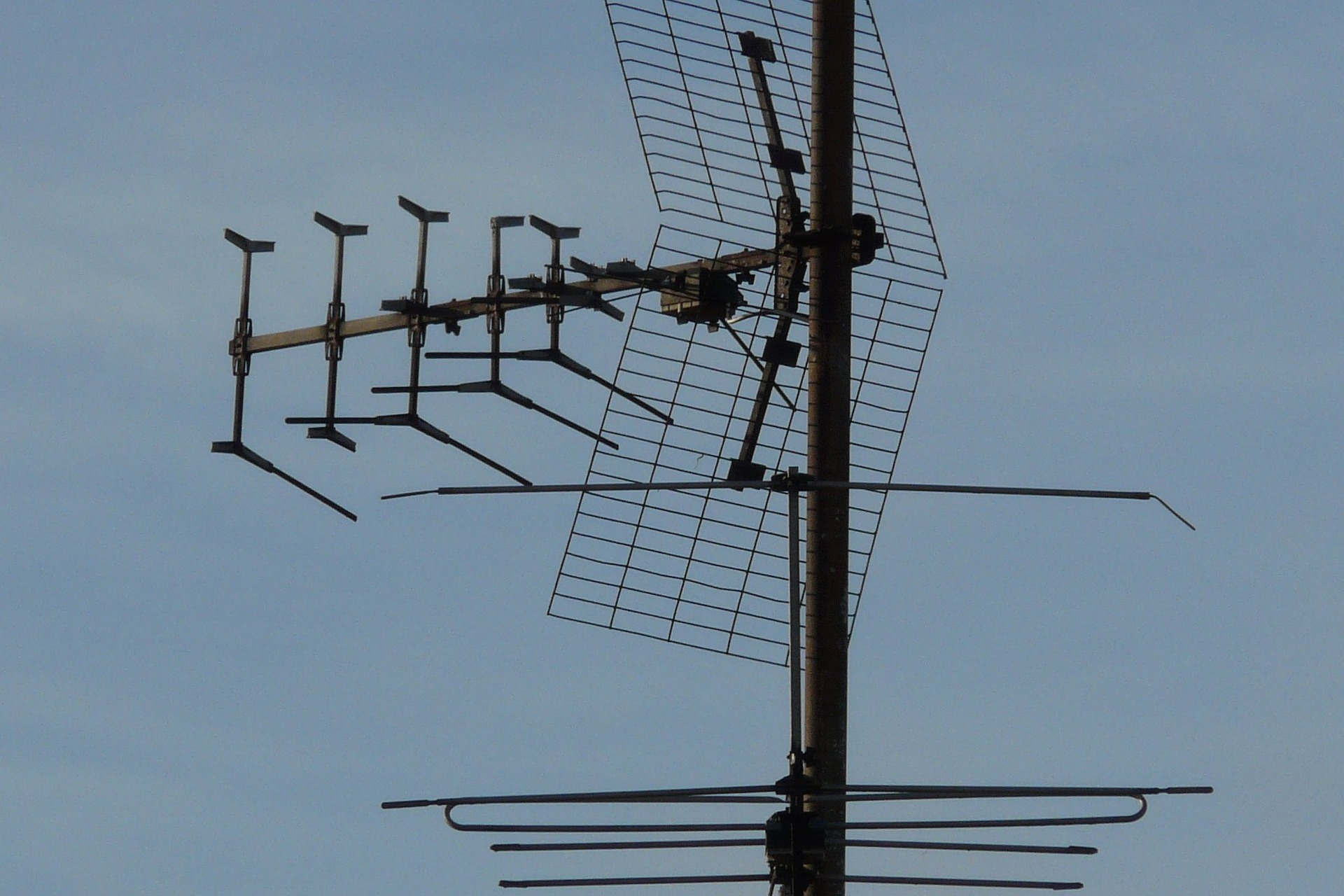
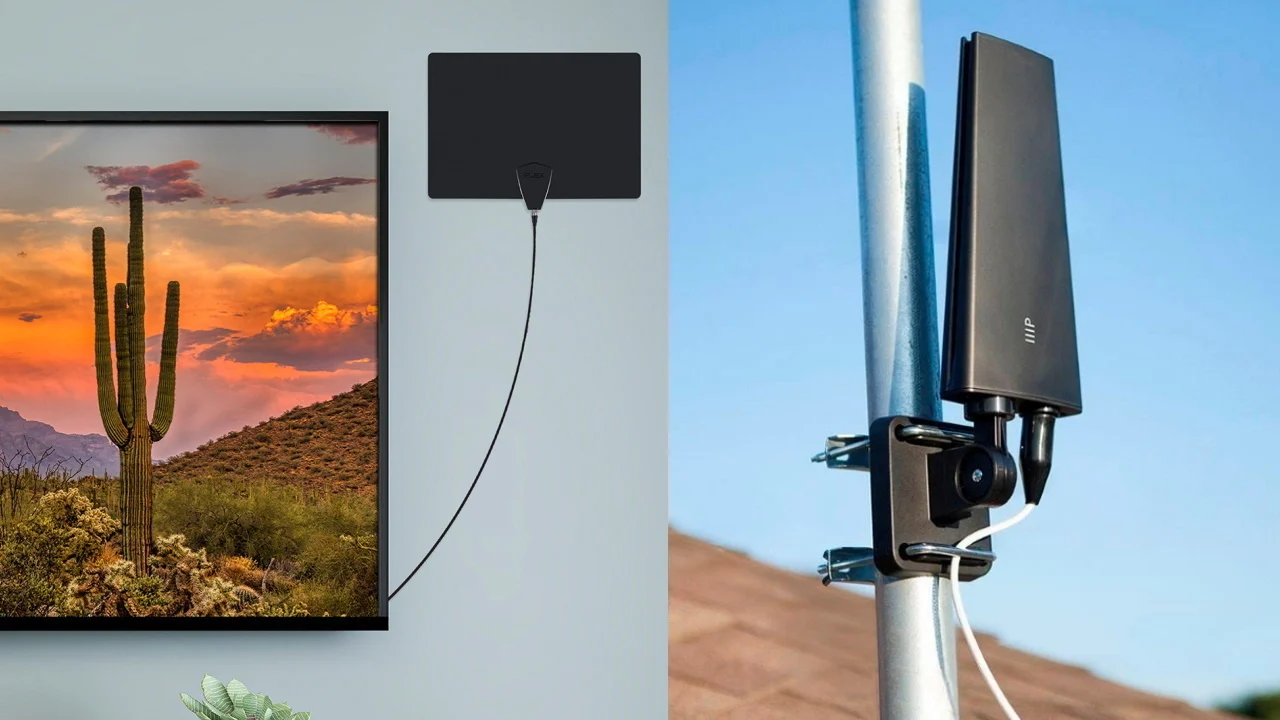
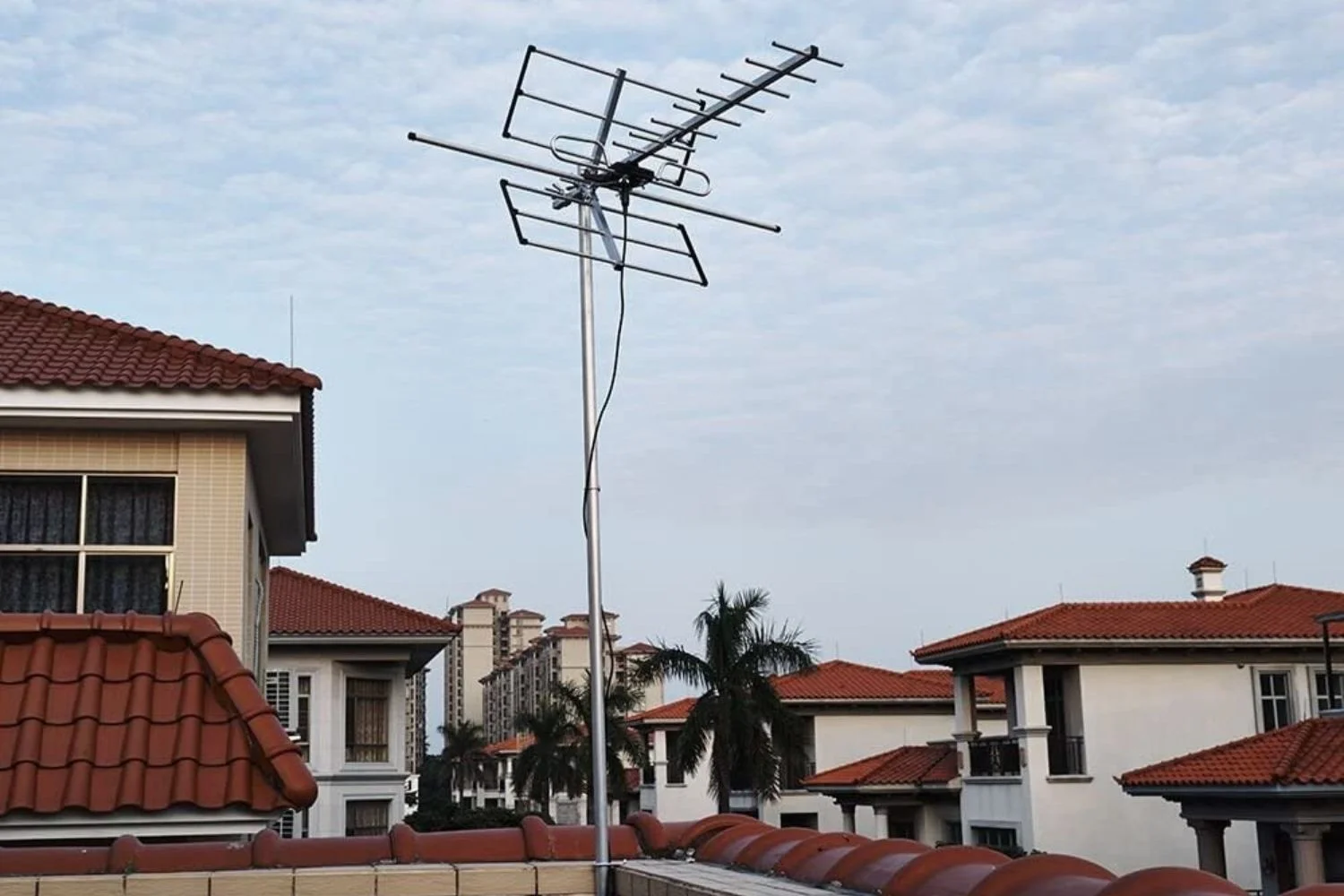
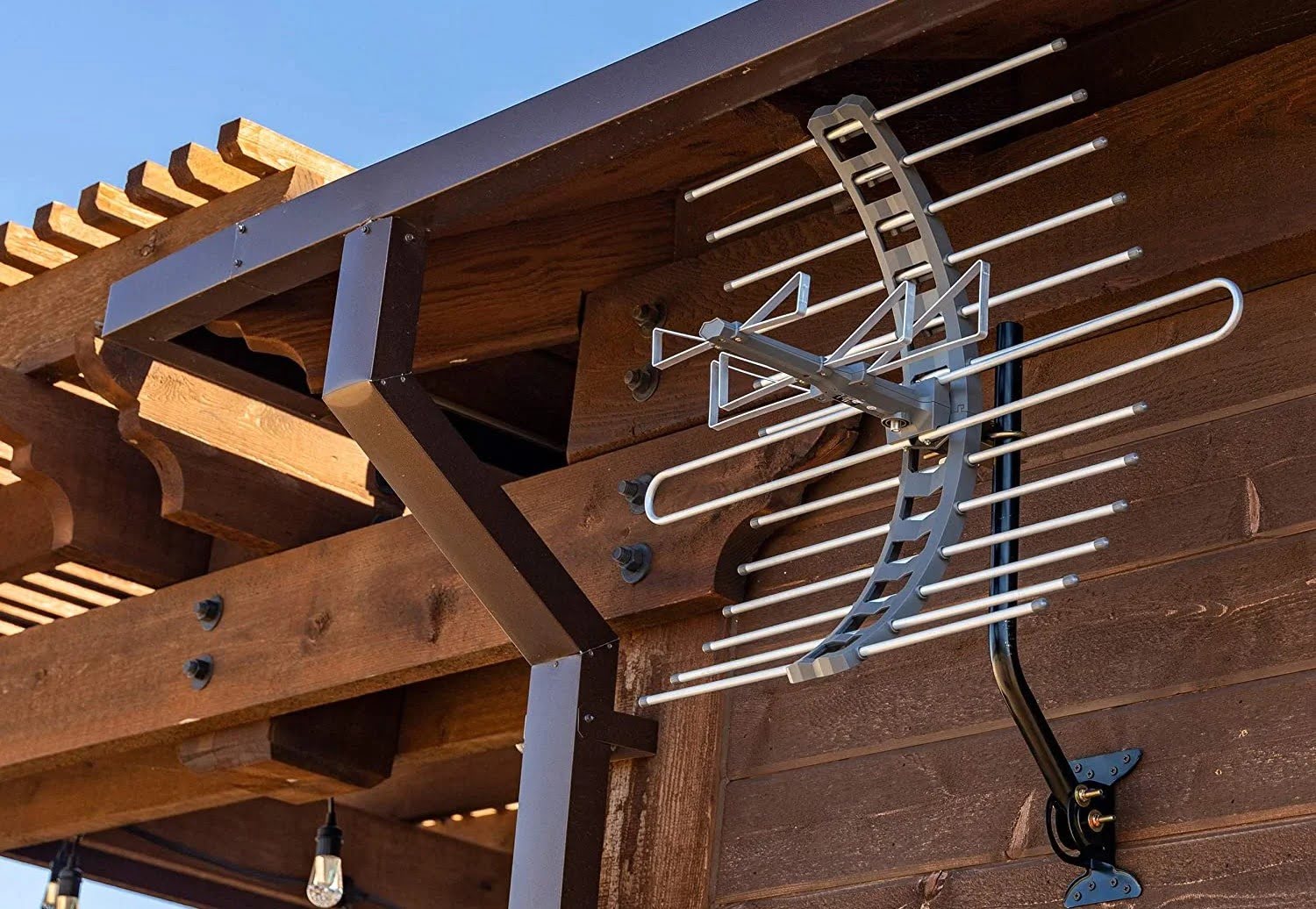
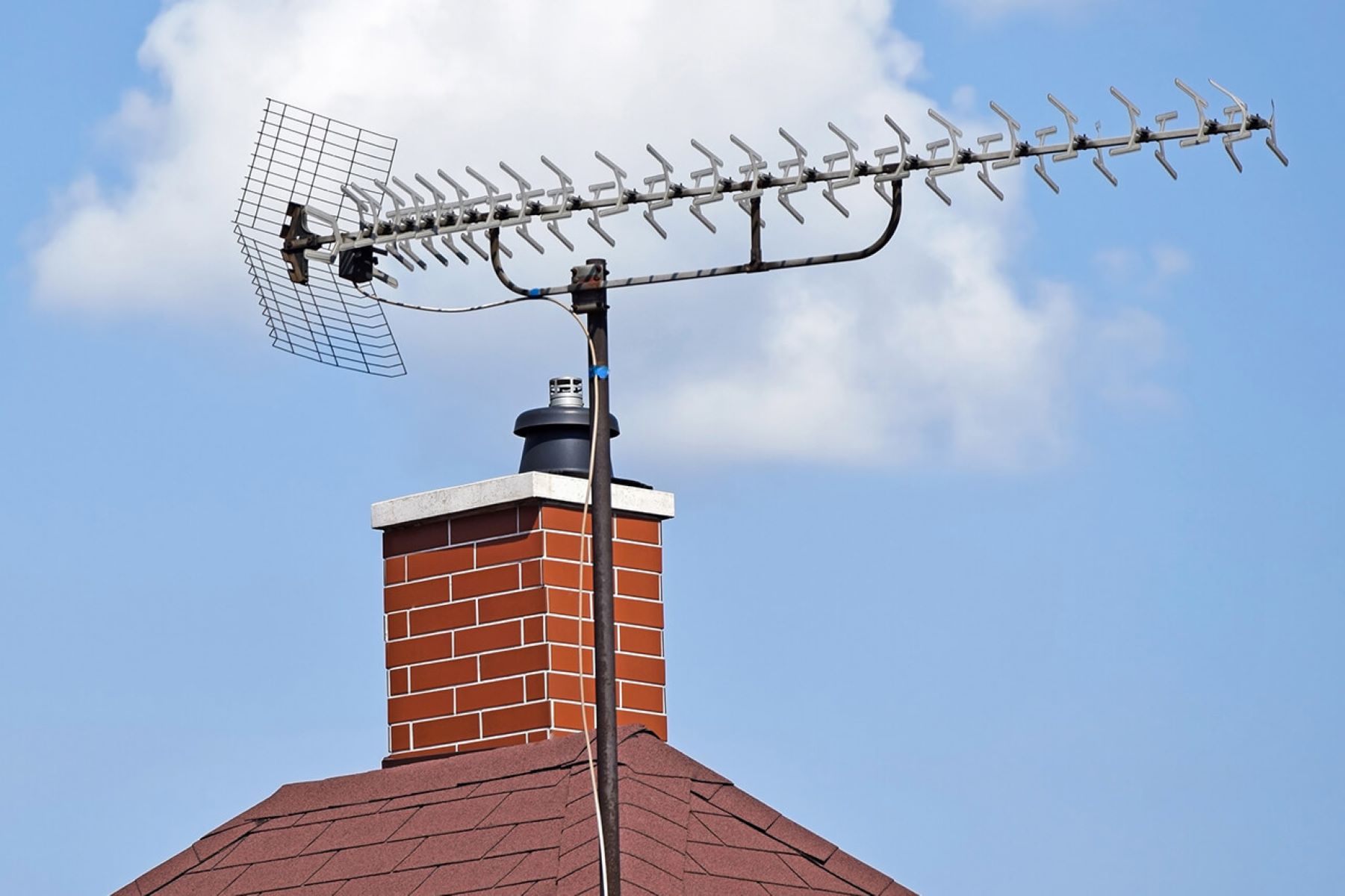

0 thoughts on “How To Make An Outdoor Antenna”